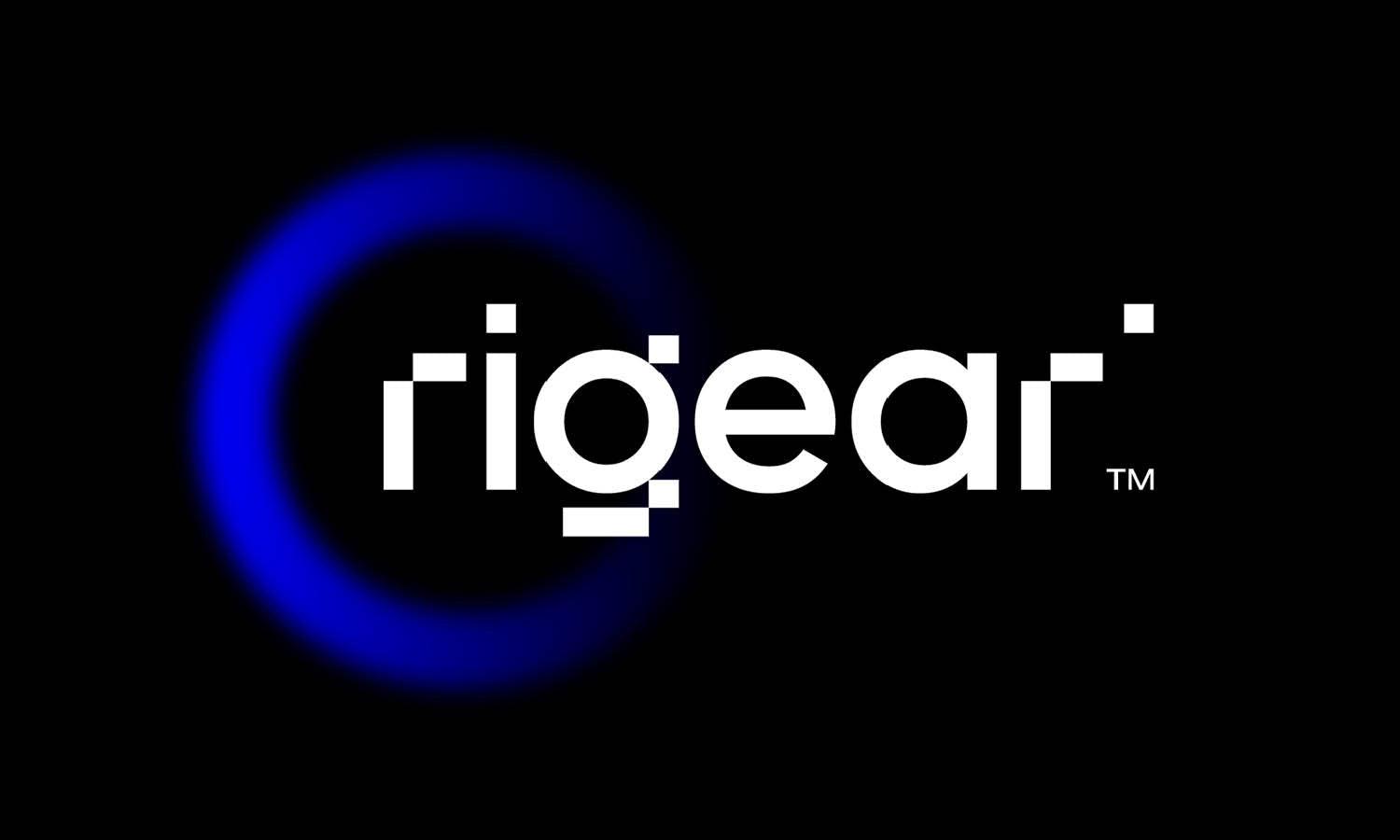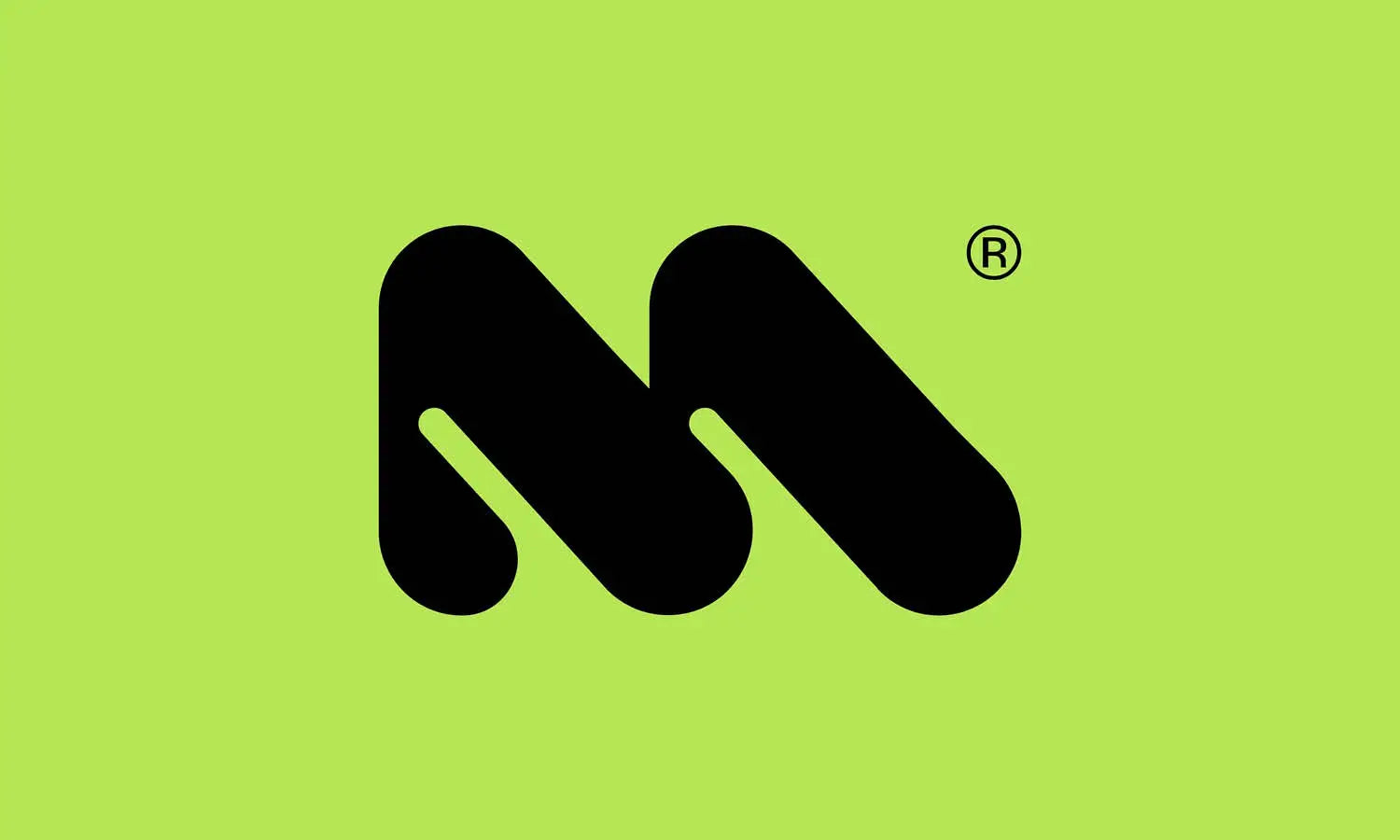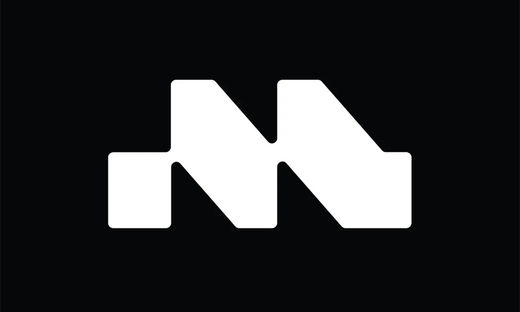How To Become a Professional Logo Designer

Embarking on a journey to become a professional logo designer is both exciting and rewarding. This creative profession allows you to combine artistry and strategic thinking to create visual identities that communicate the essence of a brand. As a professional logo designer, your work plays a crucial role in helping businesses establish a connection with their audience, differentiate themselves from competitors, and foster brand loyalty.
The path to becoming a professional in this field involves not only a keen eye for design but also a deep understanding of branding and marketing principles. It requires mastery of design tools, continuous learning of new skills, and an understanding of the latest trends in the design world. Additionally, professional logo designers must be adept in transforming abstract ideas into compelling visual stories that resonate with people.
This article outlines the essential steps to build a successful career as a professional logo designer, providing you with a comprehensive roadmap to hone your skills, build a robust portfolio, and effectively market your services to attract and retain clients. Whether you are a budding designer or looking to refine your expertise, these insights will guide you in your pursuit of excellence in the world of logo design.
Understand the Basics of Design
As a professional logo designer, grasping the fundamentals of design is imperative. This foundation encompasses understanding the principles of balance, contrast, alignment, repetition, and proximity. Each element plays a vital role in crafting logos that are not only aesthetically pleasing but also functionally effective. Color theory is another essential aspect; it involves knowing how different colors evoke emotions and convey messages, which is crucial in logo design. Typography, the art of arranging type, is equally important, as the choice of fonts can significantly impact a logo's readability and personality.
A thorough comprehension of these design basics allows you to create logos that effectively communicate a brand’s identity and values. It’s about more than just making something look good—it's about making a logo purposeful and resonant with its target audience. Therefore, a solid understanding of these design principles is not just beneficial but necessary for anyone aspiring to succeed as a professional logo designer.
Master Design Software
For anyone aiming to excel as a professional logo designer, proficiency in design software is non-negotiable. Adobe Illustrator, Photoshop, and CorelDRAW are industry-standard tools that offer a range of features for creating high-quality logos. Illustrator, for instance, is renowned for its vector-based editing capabilities, which allow designers to create scalable logos without losing clarity. Photoshop offers robust image editing tools that are ideal for adding intricate effects and textures to logo designs.
Learning these tools involves more than just understanding their basic functions; it requires deep familiarity with their advanced features and shortcuts to enhance efficiency and precision in your design work. Online tutorials, courses, and hands-on practice are excellent ways to gain proficiency and speed in using these tools.
Moreover, staying updated with new software and technologies emerging in the design world is crucial. This continuous learning helps keep your skills sharp and your designs innovative, ensuring you remain competitive and effective in the rapidly evolving field of logo design.
Study Successful Logos
To become a proficient professional logo designer, it is crucial to study successful logos. Analyzing iconic logos like Apple, Nike, and Coca-Cola can provide deep insights into the elements that make a design effective and memorable. Pay attention to how these logos use simplicity to their advantage, ensuring they are easily recognizable and versatile across various mediums.
Understanding the backstory and design process behind these logos can also be enlightening. It reveals how designers incorporated the brand's values and vision into the visual elements. For example, the Nike Swoosh symbolizes motion and speed, reflecting the brand’s focus on performance.
Evaluating successful logos also involves understanding the impact of different design elements, such as color schemes, typography, and symbolic meanings. Each component works cohesively to convey a specific message and evoke certain emotions, critical for brand identity.

Develop a Unique Style
Developing a unique style is essential for standing out in the competitive field of professional logo design. While it’s important to be aware of current trends, relying solely on them can make your work look generic and transient. Instead, focus on cultivating a distinctive style that reflects your personal creativity and professional skills.
Start by exploring various design styles and techniques to find what resonates most with you. Experiment with different combinations of colors, typography, and imagery to see what aligns with your creative vision. As you refine your skills, your unique style will begin to emerge, characterized by your preferred design elements and how you interpret briefs.
Having a signature style does not mean you should be inflexible. Adaptability is crucial, as you must still meet client needs and industry standards. However, your unique approach will add a personal touch that can make your designs more appealing and memorable to potential clients.
Build a Strong Portfolio
A strong portfolio is essential for any professional logo designer looking to attract and retain clients. It serves as a visual resume, showcasing your skills, style, and versatility. Start by selecting your best works that highlight diverse industries, design styles, and techniques. This variety demonstrates your ability to adapt to different client needs and design challenges.
Ensure each project in your portfolio is well-documented with a brief description of the design process, the client’s requirements, and how the final design met these needs. Including case studies can be particularly effective, as they show your thought process and the impact of your work on the client's brand.
Quality over quantity is a key principle here. It's better to have a smaller number of outstanding designs than a large collection of mediocre ones. Make sure your portfolio is organized and easy to navigate, whether it’s a digital portfolio or a physical one.
Regularly update your portfolio to remove older works and add new projects that reflect your current skills and trends in the design world. A well-maintained and current portfolio will keep your work relevant and engaging for potential clients.
Understand Branding
Understanding branding is crucial for a professional logo designer, as logos are a key component of a brand’s identity. A logo is often the first point of interaction between a brand and its potential customers, making its design vitally important. It needs to communicate the brand’s values, mission, and vision at a glance.
Branding extends beyond the logo, encompassing the entire experience a company creates for its customers. This includes the tone of voice, typography, color schemes, and overall visual appearance. As a logo designer, you must understand how your designs fit into larger branding strategies to ensure they reinforce the desired brand message.
Effective branding creates a unique, enduring image in the consumer’s mind, distinguishing the brand from competitors. To design logos that effectively contribute to this image, you must conduct thorough research into the client’s industry, target audience, and competitive landscape. This research helps ensure that the logo not only looks appealing but also resonates with the intended audience and stands out in the market.
Developing a deep understanding of branding principles will enable you to create logos that are not only visually stunning but also strategically aligned with the client’s branding goals. This alignment is essential in building a coherent and recognizable brand identity, making your role as a professional logo designer indispensable in the branding process.
Practice Design Thinking
Design thinking is a non-linear, iterative process that any professional logo designer should master to create effective and innovative designs. It involves understanding the user, challenging assumptions, redefining problems, and creating innovative solutions to prototype and test. Integrating design thinking into your workflow can significantly enhance your approach to creating logos that are not only visually appealing but also strategically sound.
The first step is to empathize with the client and their audience. Understand their needs, motivations, and the context in which the logo will be used. This deep understanding is crucial in crafting a logo that resonates well with its intended audience.
Next, define the core problem your logo needs to solve. This clarity will guide your design decisions and ensure the logo serves its primary function. Ideate multiple solutions by brainstorming a wide range of ideas. Be open to exploring unconventional concepts that push creative boundaries.
Prototype your best ideas by creating rough drafts and mockups. This stage is crucial for visualizing how the logo might look in real-world applications. Finally, test these prototypes with a relevant audience to gather feedback and identify any areas for improvement.

Stay Updated with Trends
Staying updated with current trends is crucial for any professional logo designer wanting to keep their work relevant and competitive. Trends in logo design can shift rapidly, influenced by cultural shifts, technological advancements, and changes in consumer preferences. Being aware of these trends can inspire innovative designs and prevent your work from appearing outdated.
Subscribe to design blogs, follow influential designers on social media, and participate in design communities. These platforms are excellent for observing emerging trends and discussing new ideas. Attend design conferences and workshops to gain insights into the latest tools and techniques being adopted in the industry.
However, while it’s important to stay informed, it’s equally vital to critically assess each trend. Not all trends will be appropriate for every brand, and it’s your job as a professional logo designer to determine which trends can genuinely enhance your projects and which are better avoided.
Furthermore, integrating trends should never compromise the timeless quality of a logo. The best logos often blend current trends with classic design principles to create a look that is both modern and enduring. By balancing these elements, you ensure that the logos you create remain effective and appealing long after the trend has faded, solidifying your reputation as a skilled and thoughtful professional logo designer.
Network with Other Designers
Networking is a crucial step for anyone aspiring to succeed as a professional logo designer. Building connections with other designers can lead to new opportunities, collaborations, and valuable feedback on your work. Engaging with a community of designers helps you stay inspired, learn new techniques, and keep up with industry standards.
Attend design-related events, such as conferences, workshops, and seminars. These are excellent places to meet peers and industry leaders who can provide insights and guidance that can influence your career positively. Participate actively in design forums and online communities such as Behance, Dribbble, and LinkedIn. These platforms allow you to showcase your work, get feedback, and connect with designers worldwide.
Consider joining professional design associations, which offer resources, courses, and events that can enhance your skills and visibility in the field. Networking isn’t just about receiving; it’s also about giving. Share your knowledge and expertise with others, participate in peer reviews, and be willing to collaborate on projects.
Building a robust network can also lead to referrals, which are often the lifeblood of a freelance professional logo designer’s business. By establishing strong professional relationships, you ensure a continuous exchange of ideas and opportunities, contributing significantly to your growth and success in the design world.
Stay Persistent
Persistence is key in the journey to becoming a successful professional logo designer. This field is highly competitive and can sometimes be challenging, especially when dealing with difficult clients or facing creative blocks. However, maintaining a persistent attitude helps you overcome these challenges and grow professionally.
Develop a thick skin when it comes to criticism and learn to use constructive feedback to improve your work. Rejection is part of the process, and each "no" should be seen as a step closer to the next "yes." Stay committed to your professional development by continuously learning new skills and refining existing ones. This dedication to improvement will keep you relevant and competitive.
Set clear goals for your career and create a strategic plan to achieve them. Whether it's mastering a new design software or gaining a certain number of clients, having specific objectives keeps you focused and motivated. Celebrate small victories along the way to maintain your enthusiasm and momentum.
The path to becoming a renowned professional logo designer is not linear. It requires time, patience, and a lot of hard work. Keep pushing forward, even when progress seems slow. With persistence, your skills will improve, your portfolio will grow, and your reputation in the industry will strengthen, leading to more significant opportunities and success.
Conclusion
The journey to becoming a professional logo designer is multifaceted, combining artistic talent with strategic thinking and business acumen. By mastering design fundamentals, staying updated on trends, and continually refining your unique style, you can create impactful and enduring logos. Networking with peers and persisting through challenges are also crucial to your success in this dynamic field. Remember, each step you take in enhancing your skills and expanding your portfolio further establishes you as a professional logo designer, opening doors to new opportunities and enabling you to leave a significant mark in the world of design.
Let Us Know What You Think!
Every information you read here are written and curated by Kreafolk's team, carefully pieced together with our creative community in mind. Did you enjoy our contents? Leave a comment below and share your thoughts. Cheers to more creative articles and inspirations!
















Leave a Comment